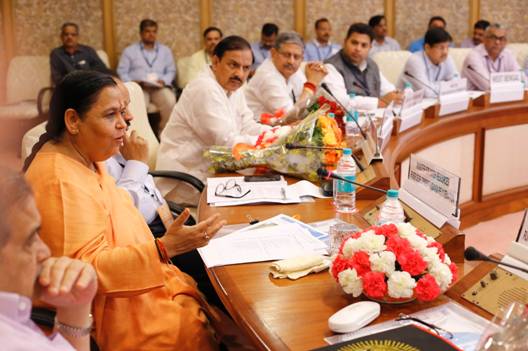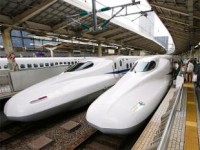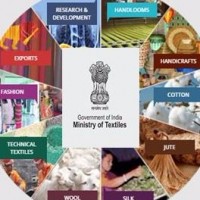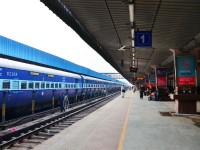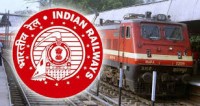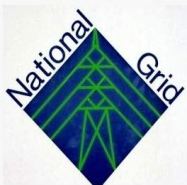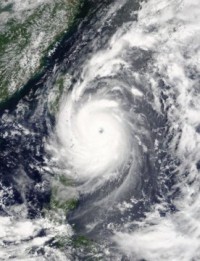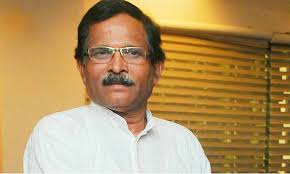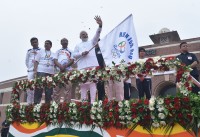Union Ministry for Water Resources, River Development and Ganga Rejuvenation called a Meeting of representatives of Governments of Odisha and Chattisgarh in New Delhi to consider the various water resources issues/projects in Mahanadi Basin. The meeting was called in pursuance of the assurance given by Union Minister for Water Resources, River Development and Ganga Rejuvenation Sushri Uma Bharti in Parliament .
Chief Secretary, Odisha stated in the meeting that river Mahanadi is the lifeline of his state and critical to the development of the region. Therefore, it is important that the two riparian States are fully aware of the water resources projects that are taken up or planned by either of the States. He gave the instances of few water resources projects taken up by the Government of Chattisgarh where the DPRs were not shared with the Govt. of Odisha.
It was decided that the Central Water Commission (CWC) would invariably ensure that the DPRs for the projects in Mahanadi basin which are appraised by it, are duly shared with the other riparian State and that the riparian State is given a period of 45 days to convey their views/comments on the project. It was also decided that the DPRs would be delivered to the Resident Commissioners of respective States and thereafter the representatives of the State would be invited to share their observations. However, in case no comments are made available by any co-basin State within 45 days, it may be presumed by CWC that the concerned State has no comments to offer and thereafter may accept the proposal from Inter-State angle, subject to fulfillment of other conditions.
It was felt that a number of issues had arisen and acquired an emotive tone in the absence of sharing of reliable information. As an example, it was mentioned that due to the implementation of Arpa-Bhaisajhar project, the total effect on the availability of water in Hirakud Dam during the non-monsoon period was not significant, i.e. within the range of 1.5 to 2%. The Government of Odisha desired that the information on all the projects on the river Arpa on the basis of which, these calculations were made should be shared with them. Chief Secretary, Chattisgarh assured that the requisite information would be shared with Odisha within a fortnight. CWC was also advised to share the available information with the Govt. of Odisha.
It was pointed that for harmonious relationship on the issue of distribution of Mahanadi waters, certain set of key data should be available to both the States. A template of the same was shown to the States. Such data had been used by various Tribunals to resolve inter-state disputes in the past. The States could adapt the same to their requirements. Each of the two States should make all efforts to ensure that this data on the upstream and downstream of Hirakud dam should be shared mutually. The Govt. of Odisha agreed to share all data on the downstream of Hirakud dam.
It emerged that this exercise would not be sustainable unless there is an institutional structure to collect, collate and analyse such data. The Memorandum of Agreement entered between the erstwhile States of Madhya Pradesh and Odisha signed on April 28, 1983 provides for constitution of a Joint Control Board to review the progress from time to time of survey, investigation, planning, execution and preparation of Joint Inter-State Irrigation and other Power Project(s) and to discuss and resolve the issues. The Govt. of Chattisgarh agreed to setting up of the said board. The Chief Secretary, Odisha requested for some time, as he needed the approval of his Government for this arrangement.
Principal Secretary, Odisha mentioned that the problem arises only during the non-monsoon period as during the monsoon period, considerable amount of water flows into the Bay of Bengal. In this situation of plentiful water, it was ironic that the irrigated area in Odisha and Chhattisgarh is only 39% and 35% respectively. The States could jointly, evolve a strategy to optimise usage of Mahanadi waters for the benefit of people of both the States, in a mutually agreeable manner.
Once a decision is taken to set up the Joint Control Board, appropriate arrangements for latest technology towards acquisition of data, such as, telemetry network and automatic data collective platform, etc. is required to be made. If required, officers from CWC may also be associated in the proposed Joint Control Board.
The meeting was Chaired by Dr. Amarjeet Singh, OSD in the Union Ministry for Water Resources, River Development and Ganga Rejuvenation and was attended by Shri Vivek Dhand, Chief Secretary, Shri Ganesh Shankar Mishra, Secretary (Water Resources), Government of Chattisgarh and Shri AP Padhi, Chief Secretary and Shri PK Jena, Principal Secretary (Water Resources), Government of Odisha, Shri Ghanshyam Jha,Chairman, CWC and other Officers from the Ministry and CWC.


